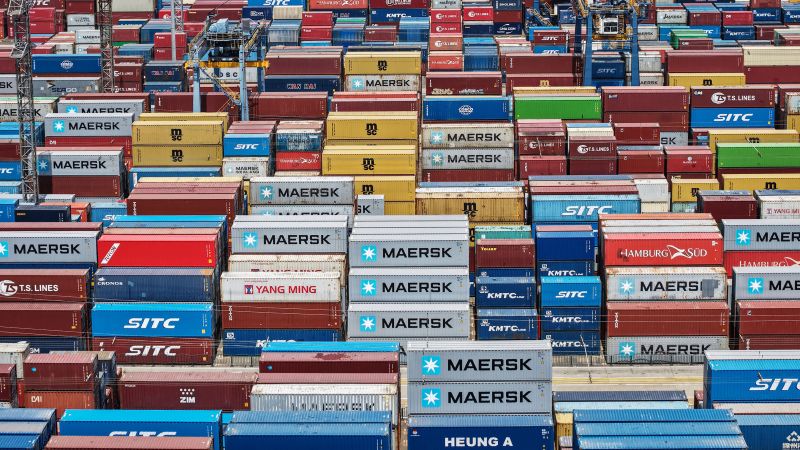In the intricate tapestry of global trade relations, the upcoming meeting between US trade officials and their Chinese counterparts represents a critical moment in an ongoing saga characterized by tariffs and tension. As President Donald Trump’s key economic advisors convene this week, the stakes have never been higher, with the future of the global economy hanging in the balance. This summit marks the first in-person dialogue since the escalation of tariffs began in March, igniting fears of a deeper economic strife.
Treasury Secretary Scott Bessent has tempered expectations from this meeting, suggesting that a comprehensive trade deal is unlikely. However, the dire circumstance created by steep tariffs, which have soared to an average of over 145% on Chinese imports and 125% on select US goods by China, demands attention. With these restrictive measures yielding a dramatic decline in trade volume between the superpowers, a potential easing in hostilities could serve as a relief to businesses and consumers not just in the United States and China, but across global markets as well.
The severe tariffs have imposed significant ramifications on businesses, prompting them to face stark choices: either absorb the cost of tariffs that can more than double the price of imported goods or withdraw their products from the market. The looming reality for consumers is the inevitable rise in prices and potential shortages of various goods, which adds to the urgency of the talks.
Consequences of this trade war have already rippled through both economies. The US experienced a rare economic contraction in the first quarter, marking its first significant downturn in three years. This contraction was largely due to anticipatory stockpiling in advance of the tariffs, coinciding with what’s been dubbed Trump’s “Liberation Day” tariffs introduced in the subsequent quarter. On the other hand, China has seen its manufacturing output dwindle at an alarming rate, with production levels contracting at the fastest pace in 16 months during April. In response, the Chinese government is expected to implement additional stimulus measures to bolster its faltering economy.
While the standoff between China and the United States has monopolized attention, the ramifications of Trump’s trade policies extend globally, with other countries also experiencing elevated tariffs. High tariffs on steel, aluminum, and automobiles, among other goods, indicate a broader trade strategy that has raised eyebrows around the world. International organizations like the International Monetary Fund (IMF), OECD, and the World Bank have consistently forecasted adverse outcomes due to Trump’s trade war, particularly a noticeable deceleration in global economic growth alongside an uptick in inflation.
As the negotiations approach in Geneva, both Bessent and US Trade Representative Jamieson Greer will engage with representatives from China. While Bessent has labelled the talks as an initial step toward de-escalation, he asserts that significant resolutions are unlikely in the immediate term. He emphasized the necessity to de-escalate trade tensions before substantive advancements can occur, reflecting a cautious approach to this complex issue.
The rhetoric surrounding the negotiations has exhibited a notable shift; Trump has hinted at the possibility of reducing tariffs on China “at some point,” indicating a recognition of the unsustainable nature of the current tariff levels. However, China has maintained a firm stance, dismissing claims of active negotiations but showing an openness to consider US proposals, a move that could signal a softening of previously rigid positions.
Markets reacted positively to the news of impending talks, with significant gains across major indices indicating a belief in the potential for improved trade relations. In a trade war where both sides suffer considerable losses, the message has grown clear: prolonged conflict is not a viable strategy for either nation.
Despite mounting pressure from economic indicators—such as a staggering 60% fall in cargo ship traffic from China to the US in April, as highlighted by logistics firm Flexport—neither country appears ready to concede significant ground. Experts suggest that the need for major concessions from both sides is paramount to initiate fruitful negotiations.
As the world watches the dialogue unfold, the focus remains on the repercussions of these talks. Without a comprehensive trade agreement, the discussions themselves still represent a positive step toward mending relations. With Trump recognizing the risks associated with inaction, one can only hope that this latest meeting serves as a springboard for a more constructive approach to global trade, paving the way for a reduction in tariffs and a revitalization of economic activity.



